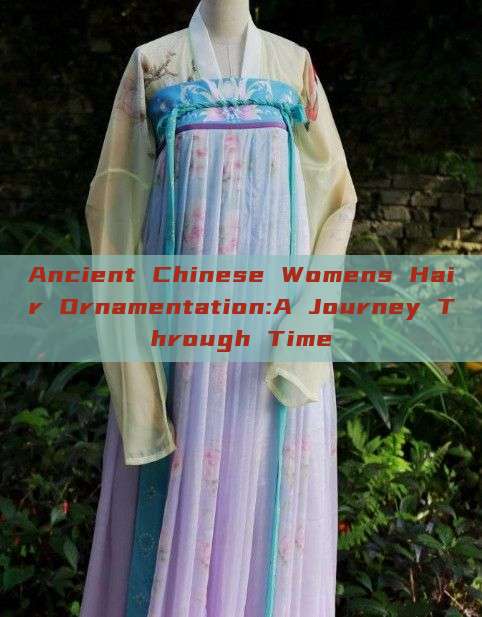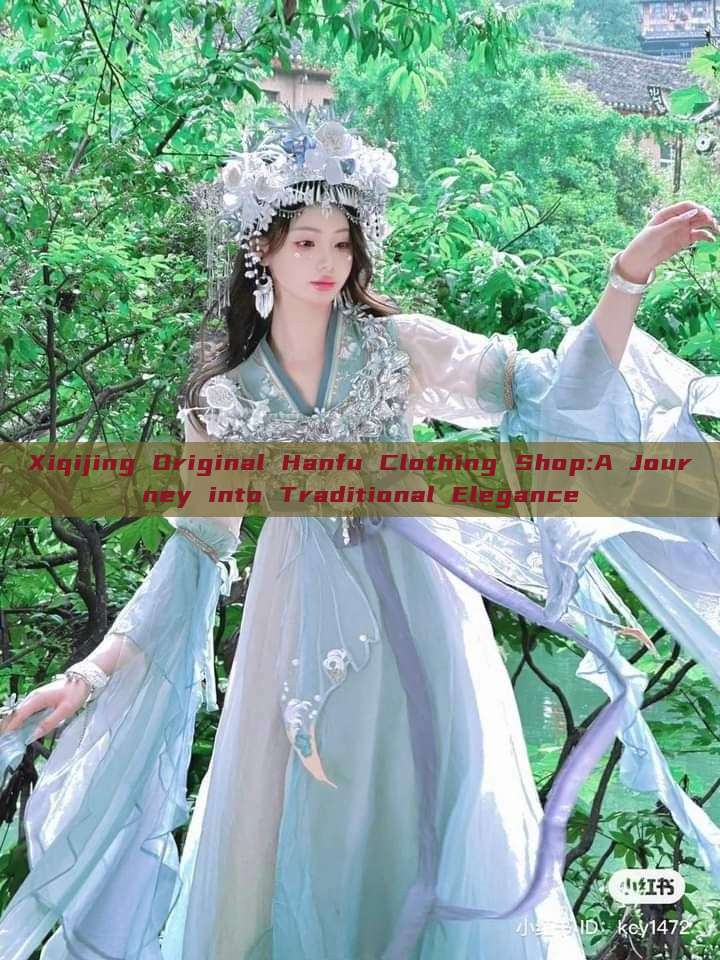In the annals of history, the art of hair decoration in ancient China holds a profound and fascinating chapter. Among the various forms of hair accessories worn by women throughout the ages, the intricate designs and styles of their head ornaments offer a unique perspective into the cultural and artistic evolution of the region. This article delves into the fascinating world of ancient Chinese women's hair ornaments, highlighting their significance in historical context and exploring their evolution over time.

In the distant eras of Chinese history, women's hair was highly regarded as a symbol of beauty and status. The art of hair decoration was not just about adorning hair with jewelry and ornaments, but also about expressing one's social status, marital status, and personal preferences. The earliest forms of hair ornaments were simple, often made from natural materials like flowers, leaves, and feathers. As time progressed, the designs became more intricate and elaborate, reflecting the changing tastes and styles of the era.
During the Tang Dynasty (618-907 AD), women's hair ornaments reached a new level of sophistication. The era was known for its open-mindedness and cultural prosperity, reflected in the varied and innovative designs of hair ornaments. Hair was often adorned with exquisite combs and ornaments made from precious metals, jewels, and other materials. These ornaments were not just for decoration; they also served as symbols of status and wealth.
The Song Dynasty (960-1279 AD) witnessed a shift in the style of hair ornaments, with a focus on simplicity and elegance. Women's hair was often adorned with delicate hairpins and elegant hairnets, which not only enhanced the beauty of the hair but also provided a canvas for displaying artistic talent. The use of flowers and other natural elements in hair decoration became popular during this period, adding a touch of nature to the otherwise intricate designs.
As we move into the Ming Dynasty (1368-1644 AD), the art of hair decoration reached its peak. The era was renowned for its luxurious and extravagant style, reflected in the intricate designs of hair ornaments. Women's hair was adorned with elaborate hairpins, exquisite hair combs, and other jewelry. The use of precious metals, jewels, and other materials reached its zenith during this period, creating a dazzling array of hair ornaments that were both beautiful and unique.
The Qing Dynasty (1644-1912 AD) saw a shift in style again, with a focus on practicality and simplicity. While the use of precious metals and jewels continued, the designs became more subdued and elegant. Hair was often adorned with simple hairpins and elegant hair ribbons, which not only enhanced the beauty of the hair but also provided a sense of comfort and ease.
Throughout history, the art of hair decoration in ancient China has not just been about adorning hair with jewelry and ornaments; it has also been about expressing one's identity, status, and personal preferences. The evolution of hair ornaments over time reflects the changing tastes and styles of different eras, providing a unique perspective into the cultural and artistic evolution of China.
Today, the art of hair decoration continues to evolve, with modern designers incorporating elements from ancient Chinese designs into their creations. As we look back at the history of hair ornaments in ancient China, we are reminded of the rich cultural heritage and artistic talent that has been passed down through the ages. The intricate designs and styles of ancient Chinese women's hair ornaments continue to inspire modern designers, providing a unique perspective into the beauty and culture of China.
In conclusion, the art of hair decoration in ancient China is not just about adorning hair with jewelry and ornaments; it is about expressing one's identity, status, and personal preferences. The evolution of hair ornaments over time offers a unique perspective into the cultural and artistic evolution of China, reflecting the changing tastes and styles of different eras. As we look back at this rich heritage, we are reminded of the incredible talent and creativity that has been passed down through the ages.






